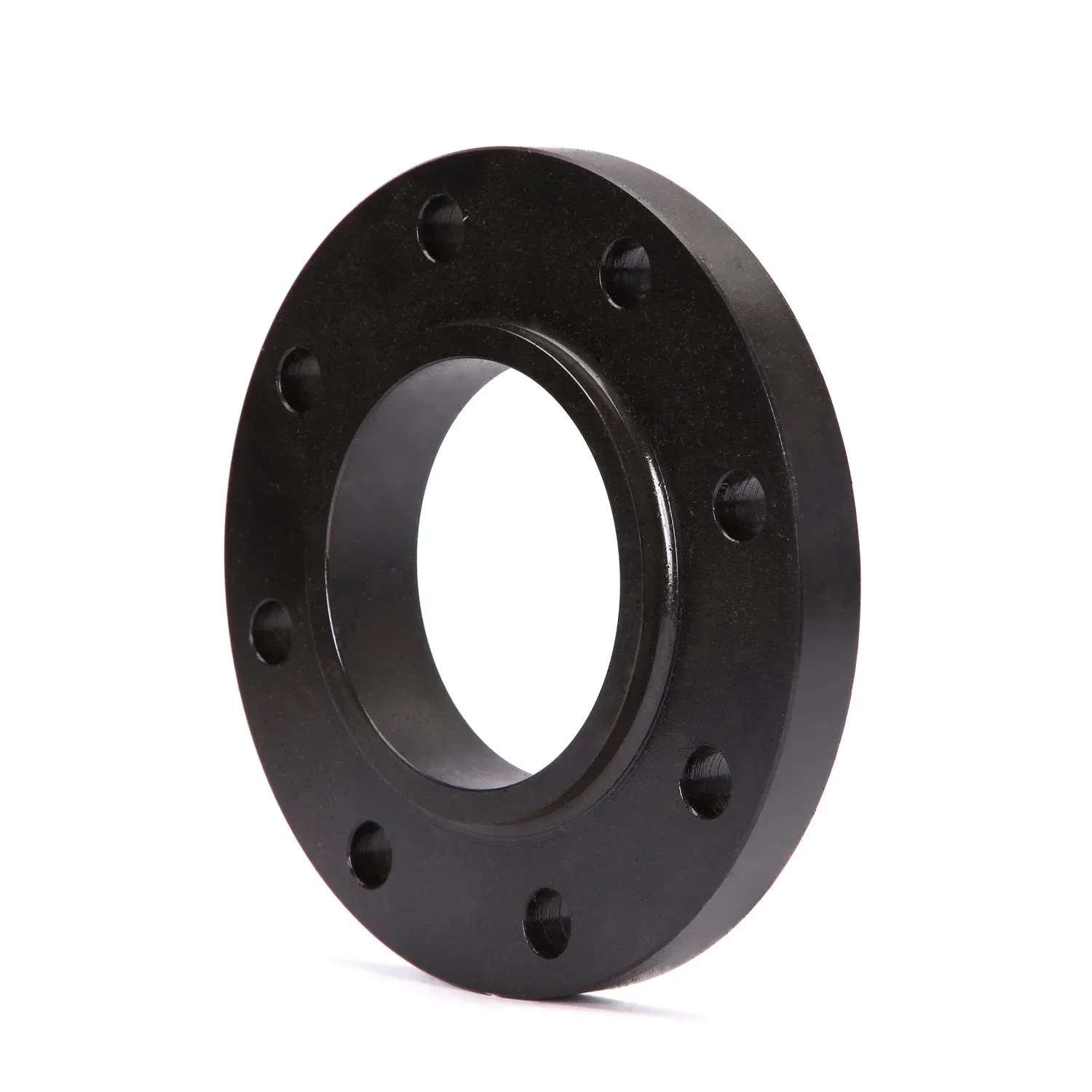-
Cangzhou Yulong Steel Co., Ltd.
-
Phone:
+86 13303177267 -
Email:
admin@ylsteelfittings.com
- English
- Arabic
- Italian
- Spanish
- Portuguese
- German
- kazakh
- Persian
- Greek
- French
- Russian
- Polish
- Thai
- Indonesian
- Vietnamese
- Zulu
- Korean
- Uzbek
- Hindi
- Serbian
- Malay
- Ukrainian
- Gujarati
- Haitian Creole
- hausa
- hawaiian
- Hebrew
- Miao
- Hungarian
- Icelandic
- igbo
- irish
- Japanese
- Javanese
- Kannada
- Khmer
- Rwandese
- Afrikaans
- Albanian
- Amharic
- Armenian
- Azerbaijani
- Basque
- Belarusian
- Bengali
- Bosnian
- Bulgarian
- Catalan
- Cebuano
- China
- China (Taiwan)
- Corsican
- Croatian
- Czech
- Danish
- Esperanto
- Estonian
- Finnish
- Frisian
- Galician
- Georgian
- Kurdish
- Kyrgyz
- Lao
- Latin
- Latvian
- Lithuanian
- Luxembourgish
- Macedonian
- Malgashi
- Malayalam
- Maltese
- Maori
- Marathi
- Mongolian
- Myanmar
- Nepali
- Norwegian
- Norwegian
- Occitan
- Pashto
- Dutch
- Punjabi
- Romanian
- Samoan
- Scottish Gaelic
- Sesotho
- Shona
- Sindhi
- Sinhala
- Slovak
- Slovenian
- Somali
- Sundanese
- Swahili
- Swedish
- Tagalog
- Tajik
- Tamil
- Tatar
- Telugu
- Turkish
- Turkmen
- Urdu
- Uighur
- Welsh
- Bantu
- Yiddish
- Yoruba

Nov . 15, 2024 22:28 Back to list
flange
Understanding Flanges Types, Applications, and Importance
Flanges are critical components in various engineering and construction applications, playing a vital role in connecting pipes, valves, pumps, and other equipment in a piping system. They provide a reliable method of joining components while enabling easy disassembly for maintenance or modifications. In this article, we will explore the different types of flanges, their applications, and the importance of selecting the right flange for specific uses.
What is a Flange?
A flange can be defined as a projecting flat rim, collar, or skirt that is designed to strengthen or attach to another component. In the context of piping systems, flanges are used to connect two sections of pipe together. They are usually made from various materials, including stainless steel, carbon steel, brass, and plastic, depending on the requirements of the application.
Types of Flanges
Flanges come in several standard types, which can generally be categorized as follows
1. Weld Neck Flange This type of flange features a long tapered neck that is welded to the pipe. The gradual transition from the flange to the pipe helps to minimize stress concentrations. Weld neck flanges are often used in high-pressure applications.
2. Slip-On Flange As the name suggests, a slip-on flange slips over the end of the pipe. It is easy to install and is usually welded on the top and bottom. However, due to its design, it is typically not recommended for high-pressure applications.
3. Blind Flange A blind flange is solid and does not have a hole in the center. It is used to seal off the end of a piping system, preventing flow. Blind flanges are essential for maintenance purposes, allowing for easy access to the system for testing and repairs.
flange

4. Socket Weld Flange This type of flange is designed for smaller pipes and has a socket into which the pipe fits. The connection is welded on the outside, providing strength and durability in high-pressure environments.
5. Threaded Flange Threaded flanges have internal threads that allow them to be screwed onto the pipe. This is useful for installations where welding is not an option. However, they are typically used in lower pressure applications.
6. Lap Joint Flange This flange is used along with a stub end and allows for easy dismantling. Lap joint flanges are often used in systems that require frequent maintenance.
Applications of Flanges
Flanges are prevalent in various industries, each with their unique specifications.
- Oil and Gas Industry They are extensively used in refineries and pipelines for safely connecting various components. - Chemical Processing Flanges facilitate the connection of pipes in chemical plants, where safety and precision are paramount due to the hazardous nature of the materials. - Construction Used in structural applications to connect beams and support systems, flanges can be specifically designed to withstand heavy loads and stresses. - Water Treatment In water and wastewater treatment facilities, flanges allow for the integration of pipes and valves effectively, ensuring the efficient flow of water.
Importance of Choosing the Right Flange
Selecting the appropriate flange for a specific application is crucial for the overall integrity and safety of the piping system. Factors such as pressure rating, temperature, corrosion resistance, and material compatibility must be taken into account. A wrongly chosen flange can lead to leaks, system failures, and costly downtime.
In conclusion, flanges are indispensable components in numerous engineering and industrial applications. Their ability to facilitate connections, simplify maintenance, and enhance system reliability makes them critical in ensuring the proper function of piping systems. Understanding the different types of flanges and their applications can help engineers and builders make informed decisions that ultimately contribute to the safety and efficiency of their projects. Whether in oil and gas, chemical processing, construction, or water treatment, the role of flanges is fundamental and cannot be overlooked.
Latest news
-
ANSI 150P SS304 SO FLANGE
NewsFeb.14,2025
-
ASTM A333GR6 STEEL PIPE
NewsJan.20,2025
-
ANSI B16.5 WELDING NECK FLANGE
NewsJan.15,2026
-
ANSI B16.5 SLIP-ON FLANGE
NewsApr.19,2024
-
SABS 1123 FLANGE
NewsJan.15,2025
-
DIN86044 PLATE FLANGE
NewsApr.19,2024
-
DIN2527 BLIND FLANGE
NewsApr.12,2024
-
JIS B2311 Butt-Welding Fittings LR/SR 45°/90° /180°Seamless/Weld
NewsApr.23,2024











